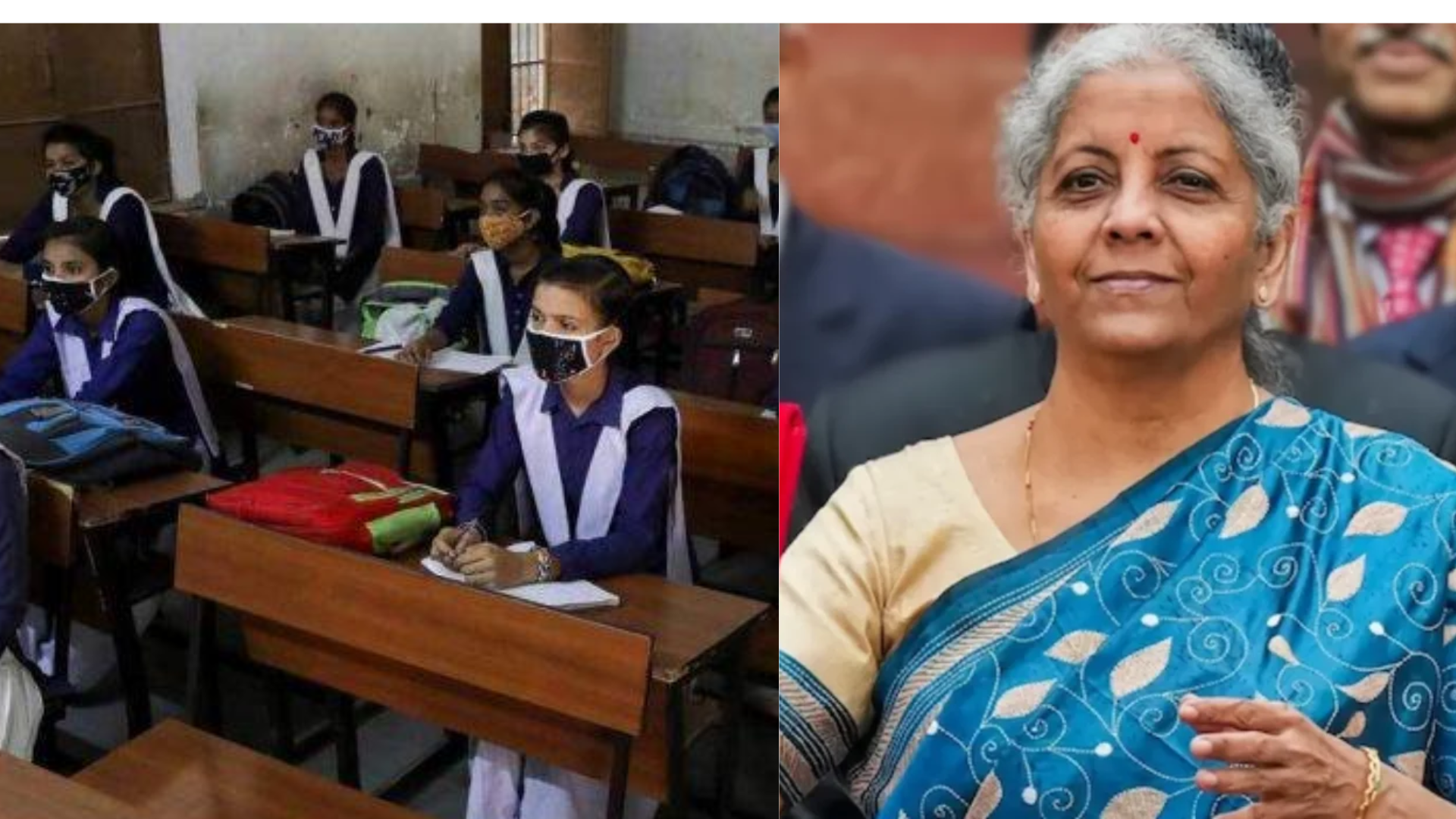As India prepares for its budget 2024, the spotlight is on how it will address the evolving demands of a rapidly changing world driven by disruptive technologies like AI and quantum computing. Students currently navigating the education system will encounter a work environment vastly different from today’s, making the upcoming budget’s role in shaping educational and research priorities critically important.
Education is a shared responsibility between the Indian central government and the states, as outlined in the Indian Constitution. Currently, India allocates about 3.5% of its GDP to education, with the central government contributing only a quarter of this expenditure. The bulk of education funding comes from state governments. For India to fully harness its young population’s potential and address future challenges, increasing this spending is crucial.
The Kothari Commission first highlighted the need to boost education spending to 6% of GDP back in 1966, a target reiterated in the National Education Policy (NEP) 2020. Despite these recommendations, current spending remains below this target. Increasing this expenditure is essential not only to meet the basic needs of primary and secondary education but also to advance India’s position in the global technology race.
Currently, more than ₹1 lakh crore is allocated to education, but only about 35% of this is for Plan spending, which covers new initiatives. The remaining 65% is spent on Non-Plan items like maintaining existing infrastructure and paying staff salaries. To ensure a more balanced growth across primary, secondary, and higher education, the budget 2024 must increase funding across all tiers.
In addition to education, enhancing research and development (R&D) spending is vital. India currently invests just 0.65% of its GDP in R&D, significantly lower than the global average of 1.5% and our BRICS peers. To stay competitive, especially with emerging technologies, India needs to ramp up R&D investment. The private sector, which currently contributes about a quarter of R&D funding, should be encouraged to invest more through tax incentives and other measures.
The quality of higher education is a key factor in a country’s long-term competitiveness. India’s education system, with over 1,100 universities and 44,000 colleges, is the third largest in the world. However, there is a notable skills gap between what is taught and what is needed in the private sector. Public expenditure on higher education in India stands at 0.6% of GDP, while in the USA, it is 2.7%. Closing this gap will require not only increased public funding but also reforms to attract more private investment.
Recent steps, like the University Grants Commission’s new regulations for foreign higher educational institutions, represent progress. However, more reforms are needed to integrate global best practices and improve educational quality.
India’s ability to modernize its education system and increase R&D investment will be pivotal in reclaiming its place on the global stage. The budget 2024 represents a critical opportunity to address these needs and ensure that India’s young population is prepared to contribute effectively in a rapidly evolving global landscape. Increased funding and strategic reforms are essential to leverage the demographic dividend and secure India’s future in the global geopolitical order.






















